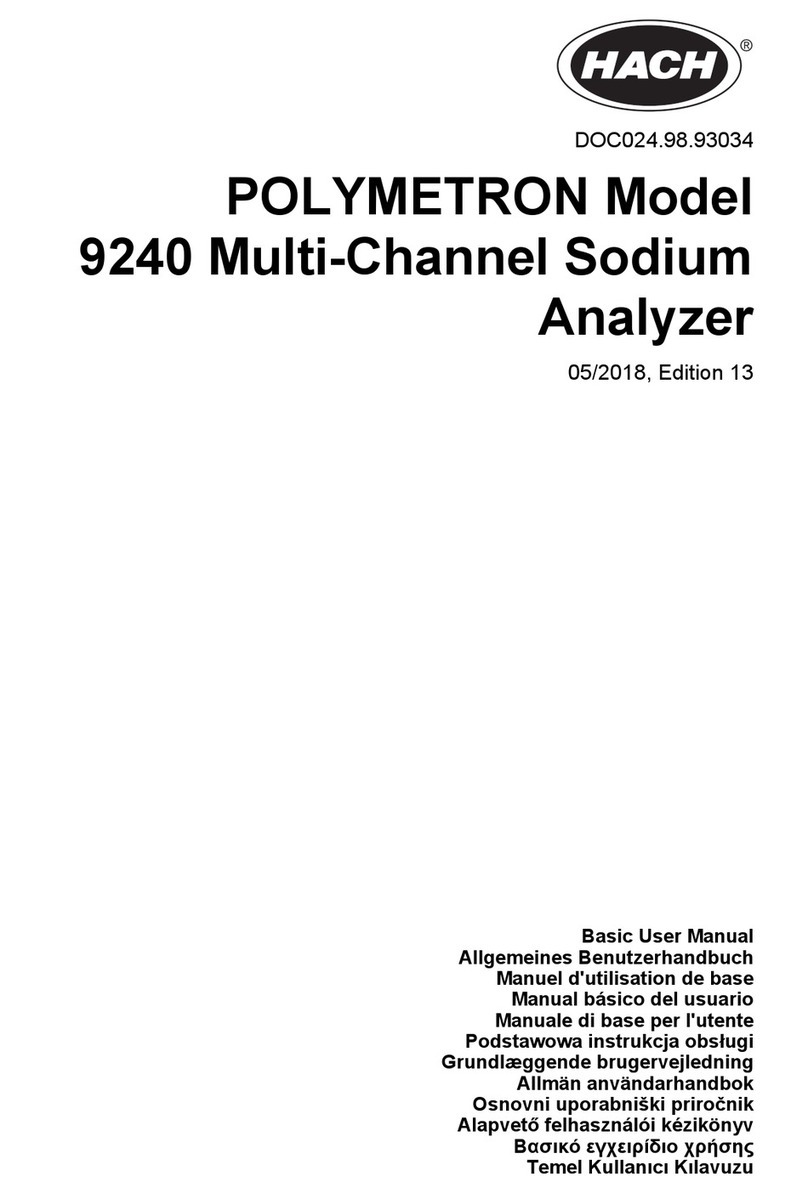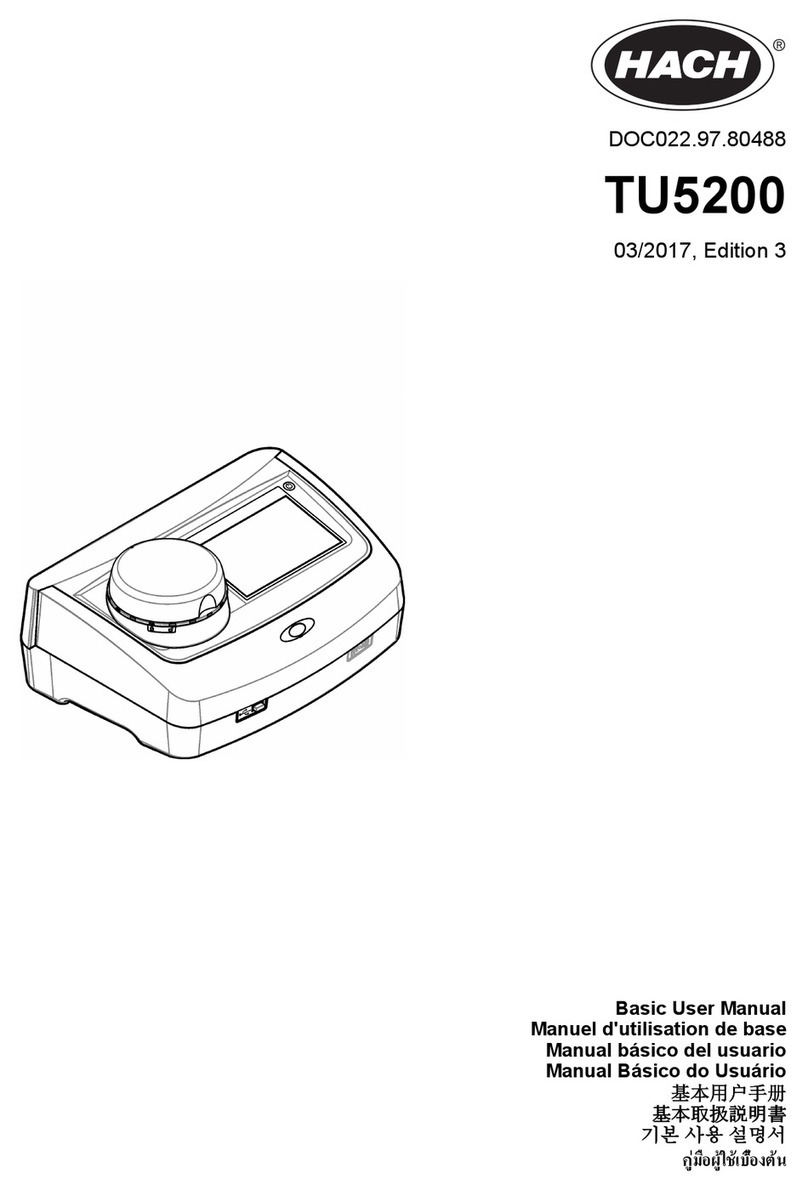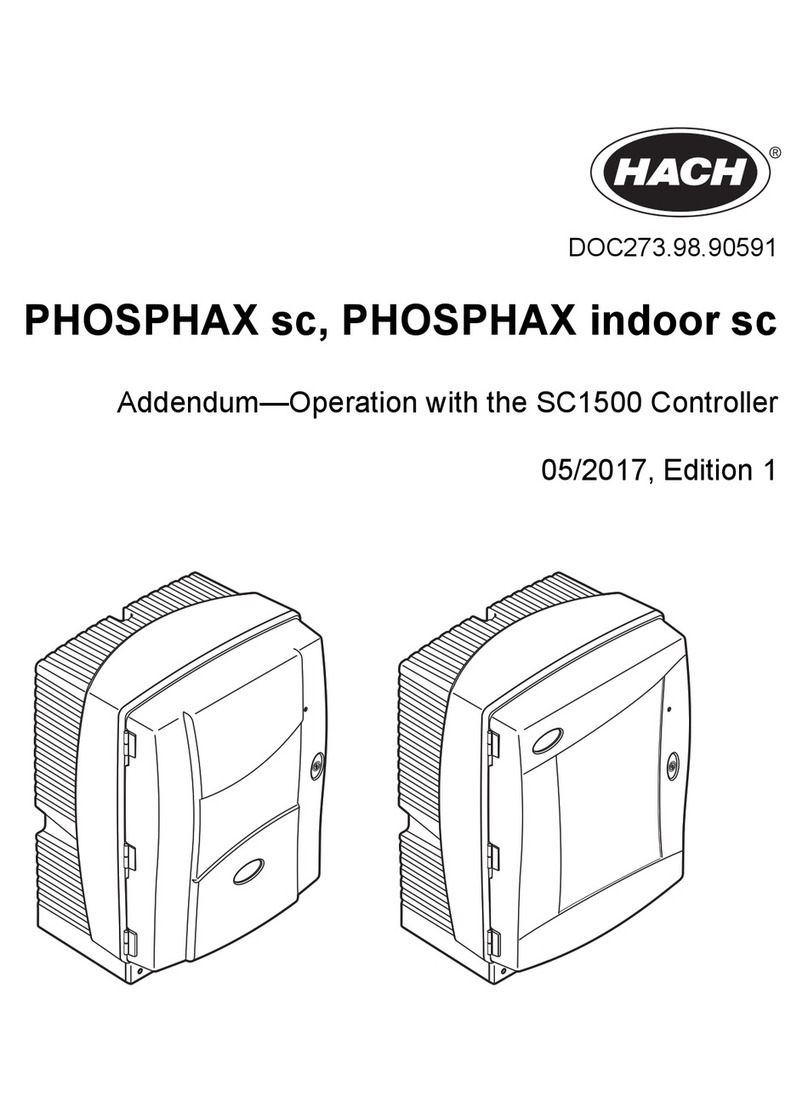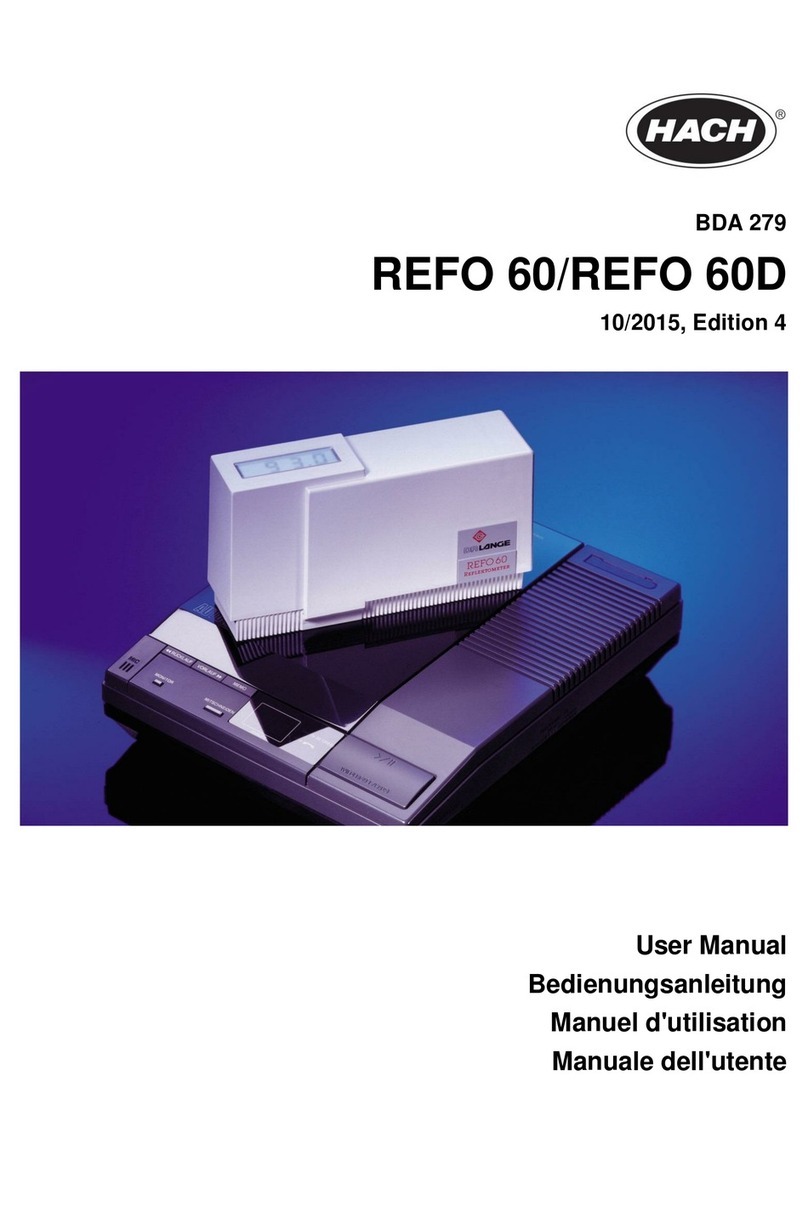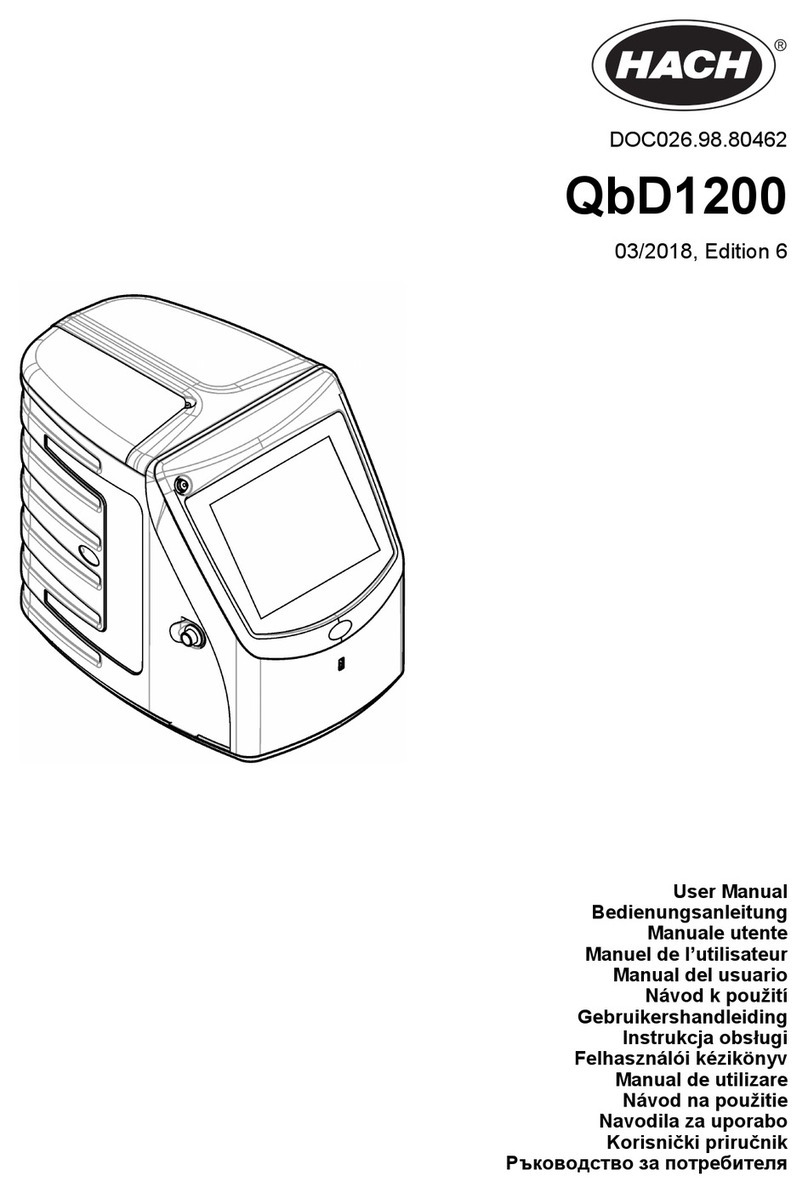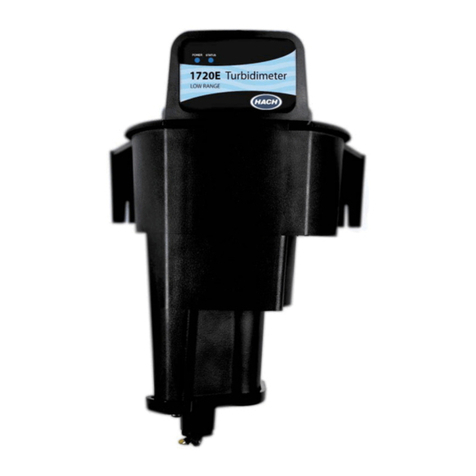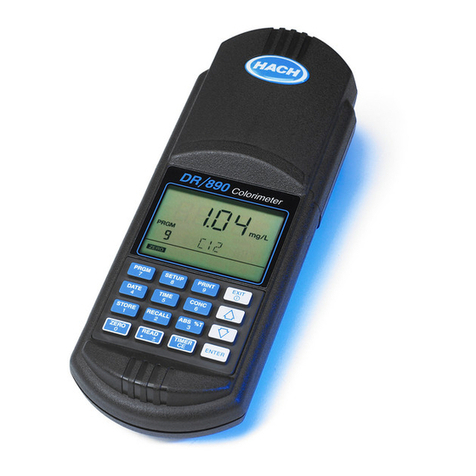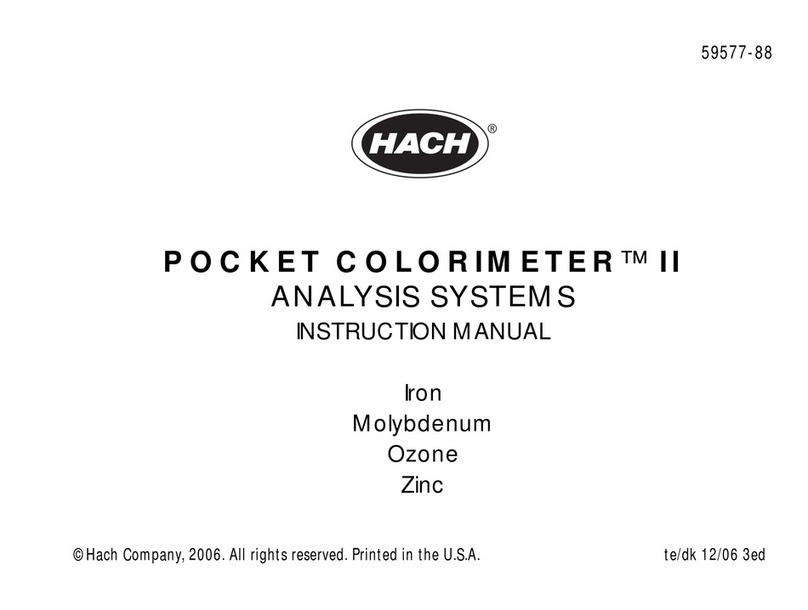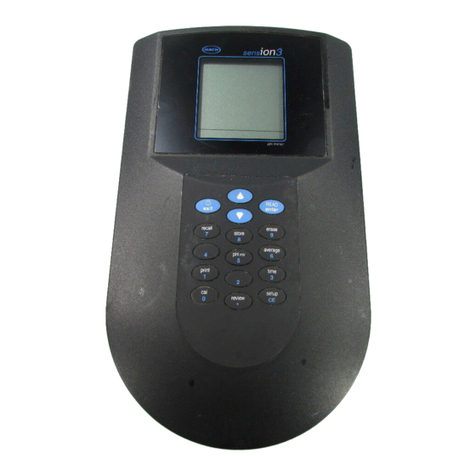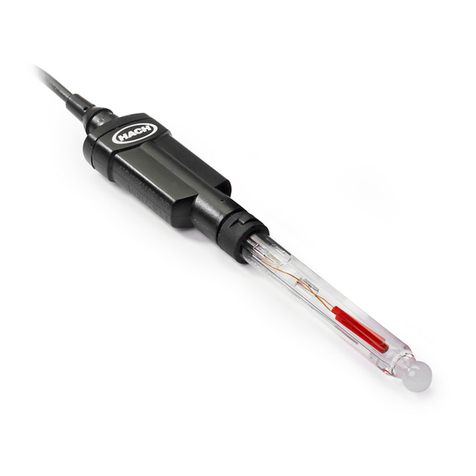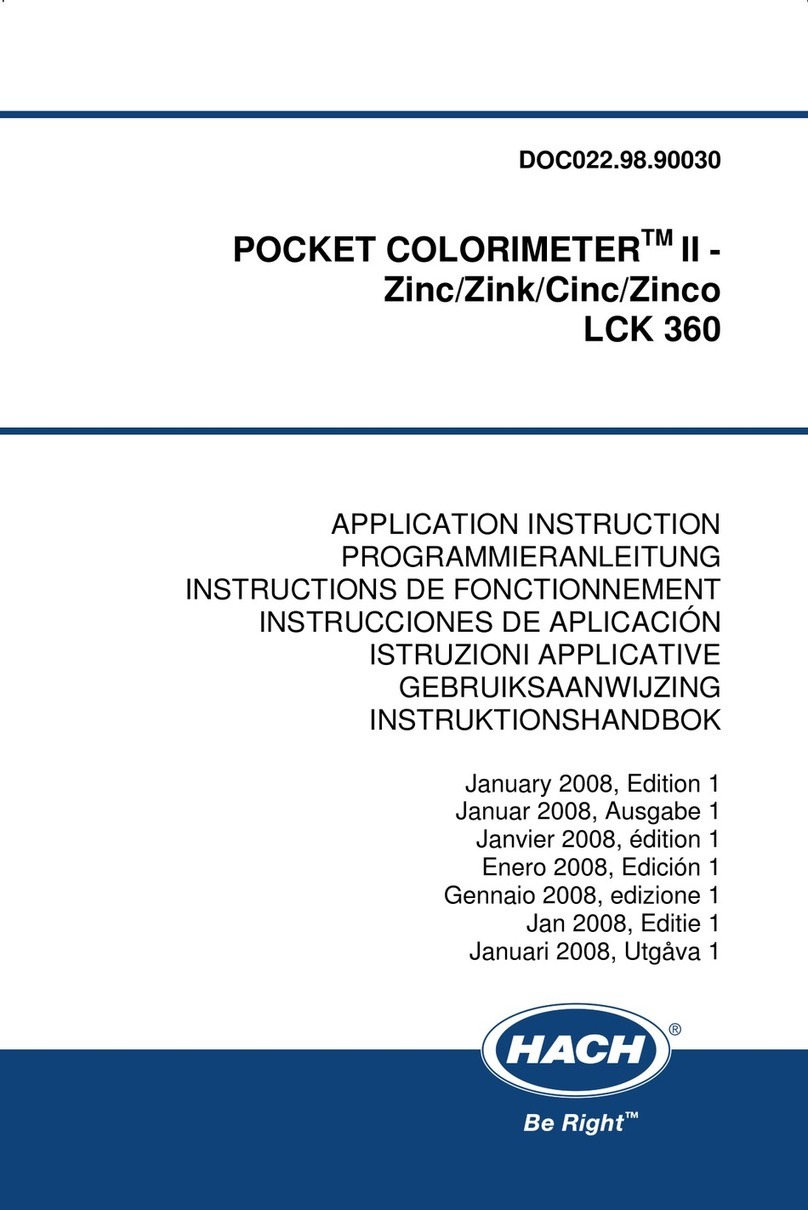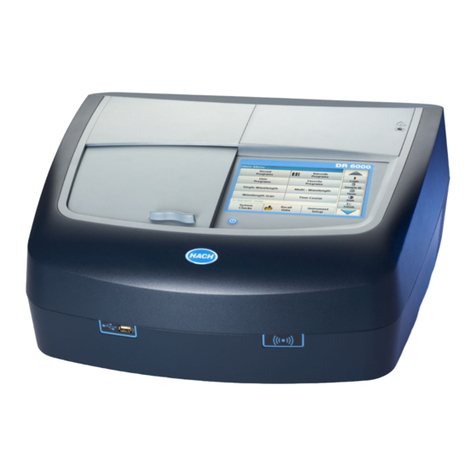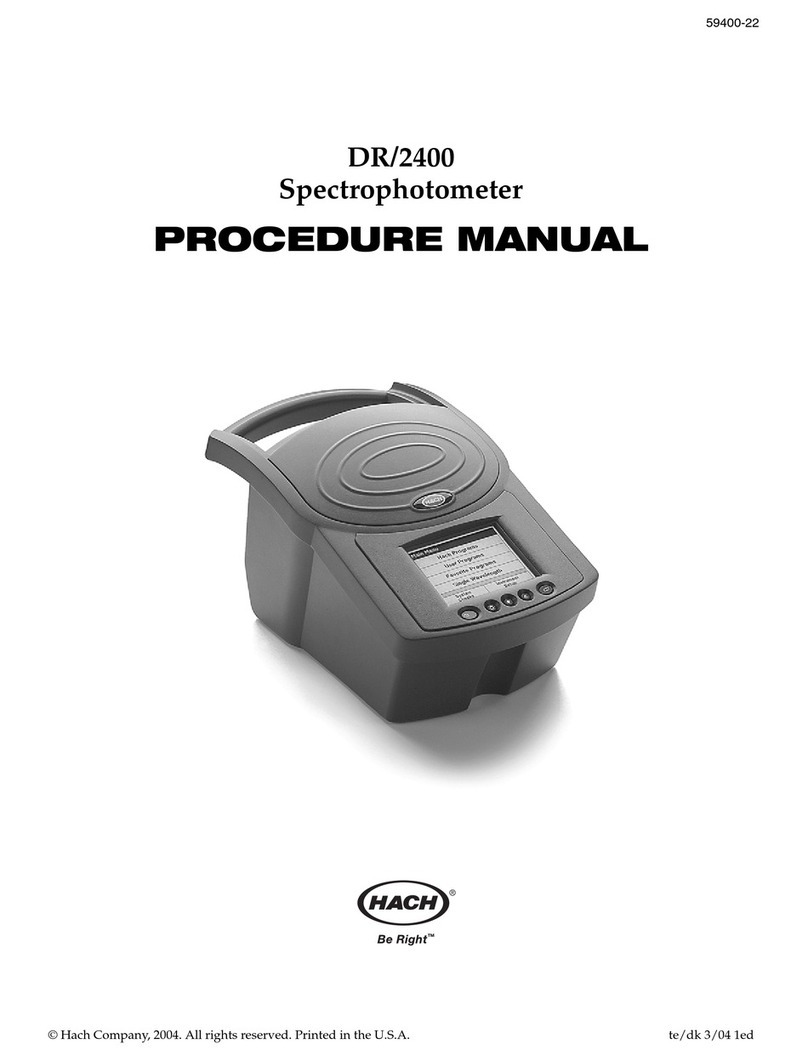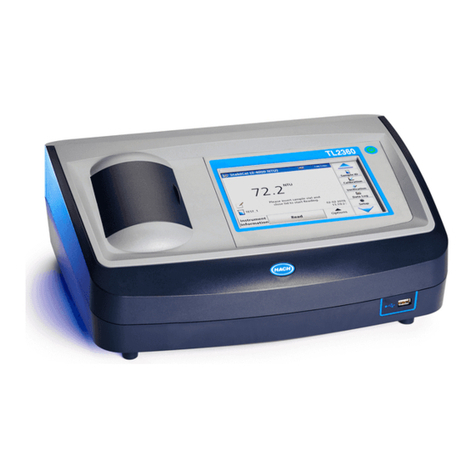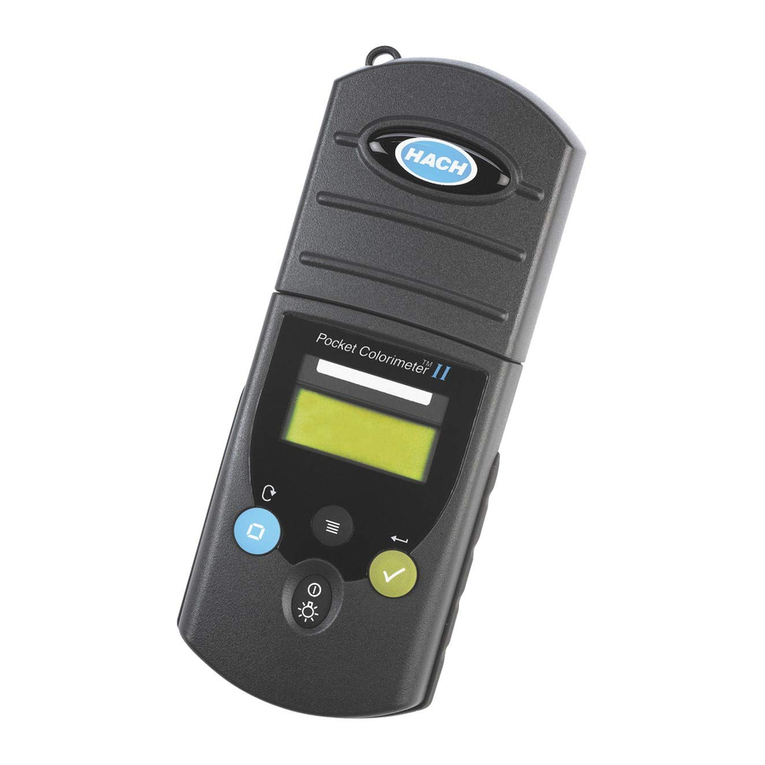
Table of Contents
Section 1 Specifications........................................................................................ 3
Section 2 General information............................................................................ 4
2.1 Safety information................................................................................................. 4
2.1.1 Use of hazard information.......................................................................... 5
2.1.2 Precautionary labels................................................................................... 5
2.1.3 Compliance and certification...................................................................... 5
2.2 Product overview.................................................................................................. 6
2.3 Product components............................................................................................. 7
Section 3 Installation..............................................................................................8
3.1 Install the instrument............................................................................................. 8
3.2 Plumb the instrument.......................................................................................... 10
3.2.1 Connect the air purge (optional)............................................................... 10
3.2.2 Sample line guidelines.............................................................................. 10
3.2.3 Connect the sample stream...................................................................... 10
3.2.4 Install the pump valve pressure plate....................................................... 11
3.2.5 Install the sample conditioning kit............................................................. 11
3.3 Electrical installation........................................................................................... 12
3.3.1 Remove the access cover........................................................................ 12
3.3.2 Electrical connections for conduit............................................................. 13
3.3.3 Wiring for power....................................................................................... 14
3.3.4 Select the voltage..................................................................................... 14
3.3.5 Connect the alarm relays.......................................................................... 14
3.4 Install the buffer solution..................................................................................... 15
3.5 Install the indicator solution................................................................................ 15
3.6 Install the stir bar................................................................................................ 16
Section 4 User interface and navigation...................................................... 16
4.1 Keypad description............................................................................................. 16
Section 5 Startup..................................................................................................... 17
5.1 Start the instrument............................................................................................ 17
5.2 Prime the reagents (optional)............................................................................. 17
Section 6 Calibration............................................................................................. 18
6.1 Complete a 2-point calibration............................................................................ 18
Section 7 Operation............................................................................................... 18
Section 8 Maintenance......................................................................................... 18
8.1 Maintenance schedule........................................................................................ 19
8.2 Clean the instrument........................................................................................... 19
8.3 Clean the instrument interior............................................................................... 19
8.4 Clean spills......................................................................................................... 19
8.5 Replace the reagent........................................................................................... 19
8.6 Change the alarm trip point................................................................................ 20
8.7 Replace the pump tubes..................................................................................... 20
8.8 Replace the tubing.............................................................................................. 20
8.9 Clean the colorimeter.......................................................................................... 20
8.10 Replace the sample conditioning filter.............................................................. 20
1




